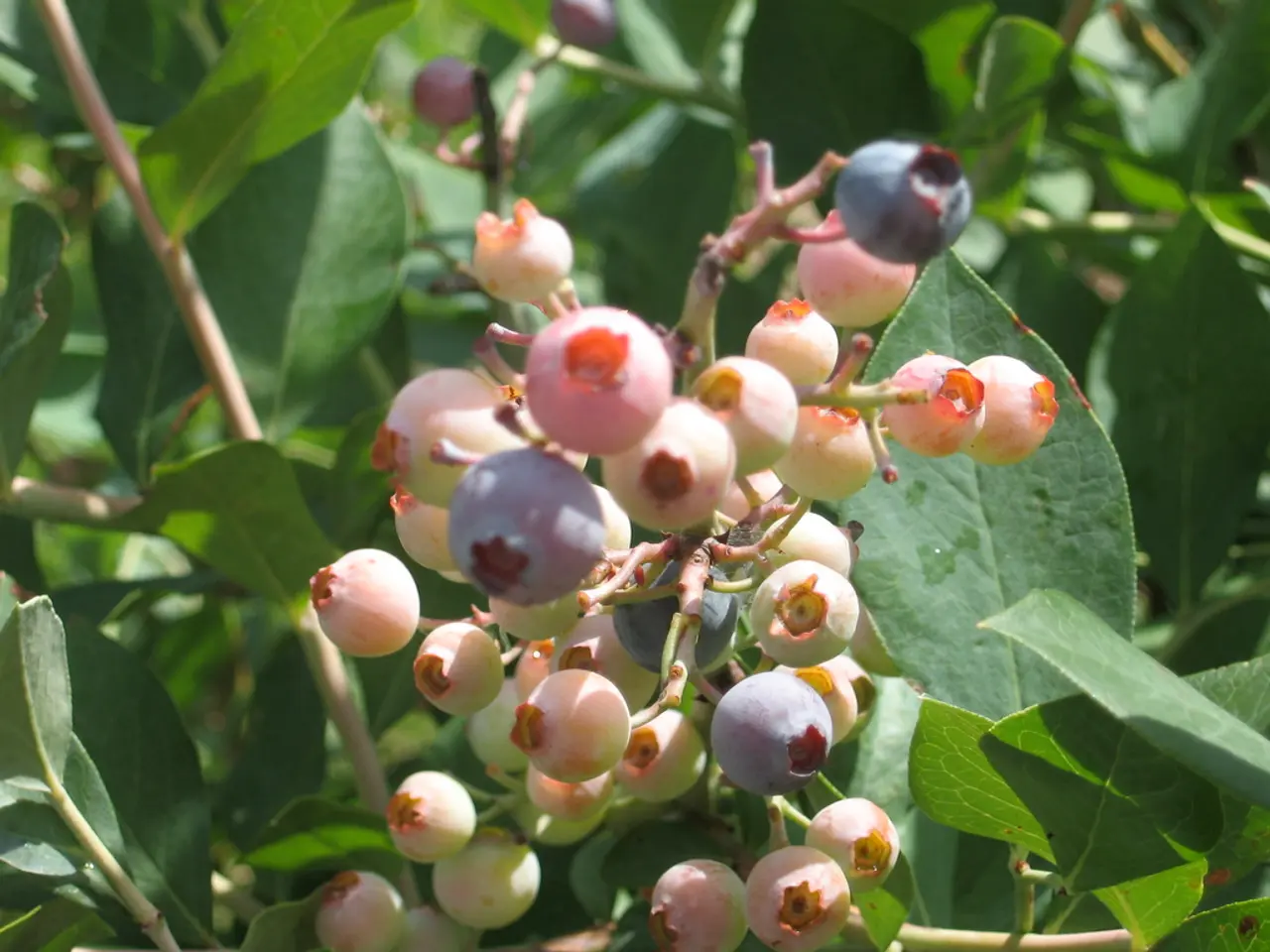Marketing Fruit Produce Directly to Wineries Across Ohio
In the heart of the Midwest, Ohio's fruit growers are cultivating more than just a bountiful harvest. With a growing number of wineries across the state, the demand for locally grown fruits has significantly increased over the last three decades.
As of January 2022, there are 373 commercial wineries in Ohio, many of which purchase fruits to add to their product line. These wineries have even won prestigious awards for their fruit wines at regional and national competitions.
Ohio wineries produce wine from a variety of fruits, including blackberries, blueberries, cherries, elderberries, raspberries, and strawberries. To properly market your fruit, it's essential to estimate the number of tons you will be selling, and coordinating the harvest with a winemaker is crucial, involving specific needs for the delivery of fresh-picked fruit.
A well-structured marketing plan is key to the success of fruit operations in Ohio. This plan should include sections for marketing summary, fruit business situation, potential buyers, products and services, places, promotions, process, measures of success, and winery and grower partnerships.
The Ohio Farm Bureau Federation and The Ohio State University (OSU) are valuable resources for fruit growers, providing market information and support for marketing their fruits. The OSU's viticulture program offers a service called The Grape Exchange (TGE) & The JOB Board, assisting grape growers and wineries in selling and/or buying grapes, wine, juice, or associated equipment, and posting jobs wanted or jobs available.
Growers are encouraged to reach out to Dr. Smith if they have fruits for sale to Ohio wineries. Direct marketing between growers and winemakers is also encouraged for a successful partnership. Traditional methods, such as a phone call or a face-to-face meeting, still have a place in fruit marketing.
Other online resources for fruit marketing include foodmarketmaker.com and social media outlets such as Facebook, Instagram, and Twitter. However, accurate production and pricing information for Ohio fruit crops may still be difficult to obtain since many crops are considered too small for USDA annual surveys.
The quality of the fruit can also be measured in terms of the sugar content, which is evaluated as a percent of soluble solids (Brix). Maintaining good fruit quality during harvest and shipping is important to assure quality fruit for winemaking. The importance of growing and marketing high-quality fruit cannot be overemphasized, as wine produced from pest-ridden fruit will generally have an inferior quality and is not palatable.
Success in selling your fruit to a winery depends on your marketing plan. A market analysis is an important component of a market plan, showing lenders and investors the need for your product. Key factors of fruit production include overall demand from Ohio wineries, demand for locally grown fruit, cost of producing fruit, machinery cost for producing fruit, labor availability and cost, natural events' impact on fruit production, pollution's impact on fruit, deer feeding on tender vegetation, birds eating mature fruit, pests reducing yields and quality, and soil compaction reducing yields.
In conclusion, with a well-planned marketing strategy, Ohio's fruit growers can tap into the growing demand for locally grown fruits by wineries, leading to a profitable and rewarding partnership.
Read also:
- Peptide YY (PYY): Exploring its Role in Appetite Suppression, Intestinal Health, and Cognitive Links
- Toddler Health: Rotavirus Signs, Origins, and Potential Complications
- Digestive issues and heart discomfort: Root causes and associated health conditions
- House Infernos: Deadly Hazards Surpassing the Flames








